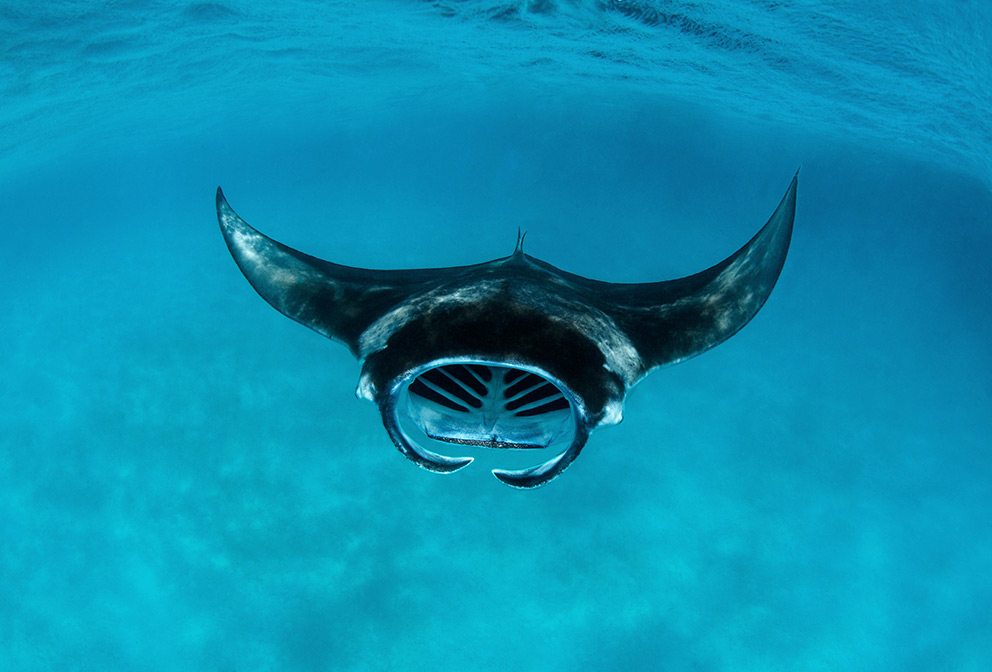
Maldives
Share
Why it’s special: Swim with manta rays, whale sharks and sea turtles in a UNESCO World Biosphere Reserve
by Trent Jonas, Leaf Group
The Maldives is an archipelago of 22 coral atolls, separated into more than 1,200 discrete islands, located about 1,000 miles south of the Indian subcontinent. Among these islands are the world's largest coral atolls that remain above the ocean surface. The warm, clear Indian Ocean and vibrant reef structures attract not only fish and other marine creatures but also thousands of tourists, who flock to the islands every year to snorkel, dive and swim.
Where to Snorkel
Fewer than 200 of the Maldives islands are inhabited and even fewer are designated as resort islands that permit tourists. In the Maldives, most resorts are located on their own islands. Each island is surrounded by its own reef, referred to in the Maldives as a "house reef." Many resort islands have their own excellent house reefs, enabling you to walk off the beach and into an aquarium-like lagoon. Some of the best snorkeling, though, can be had along the reef walls of uninhabited coral islands. Most resorts offer dive boats that shuttle divers and snorkelers out to such sites. Among the sites that are shallow enough for snorkeling are Sunlight Thila, Rasfari and the protected marine sanctuary of Kuda Haa. Banana Reef can also be conducive to snorkelers, but the currents can be very strong.
Outfitters
Most resorts offer snorkeling equipment and instruction, as well as boats to snorkeling and dive sites. The Maldives is an insular nation that tries to limit contact between its citizens and tourist to resort areas. For this reason, non-resort dive operators are uncommon. One exception is Kuredu Prodivers (prodivers.com), which offers not only snorkel trips but also features a dedicated snorkeling center. Offering snorkeling and free diving courses and equipment, Kuredu Prodivers also takes visitors on half and full-day trips as well as night snorkeling excursions.
Marine Life
The Maldives' coral reefs, in particular, attract snorkelers. Of the world's more than 500 species of coral, more than 70 are present in the Maldives' reef systems. Many of the most vibrant reefs are located around the nations more than 1,000 unoccupied coraline islands. More than 700 species of fish and other marine fauna have been documented in the coral reefs of the Maldives, including larger pelagic species such as sharks, tuna and wahoo. Manta rays and whale sharks often move into snorkeling-depth waters in the late summer and fall months.
Considerations
Although the lagoons around Maldivian islands tend to be shallow and clear, some considerations should be taken for both your own health and safety as well as that of the reef system. Check tide tables, as water depth and clarity will change with the tides, as will tidal currents and speed. Never step on coral, as it can kill the coral and result in a nasty, infected cut on you. The Maldives is very close to the equator. Wear sunscreen and a T-shirt or rash guard when snorkeling to prevent exposure to the powerful sun.
